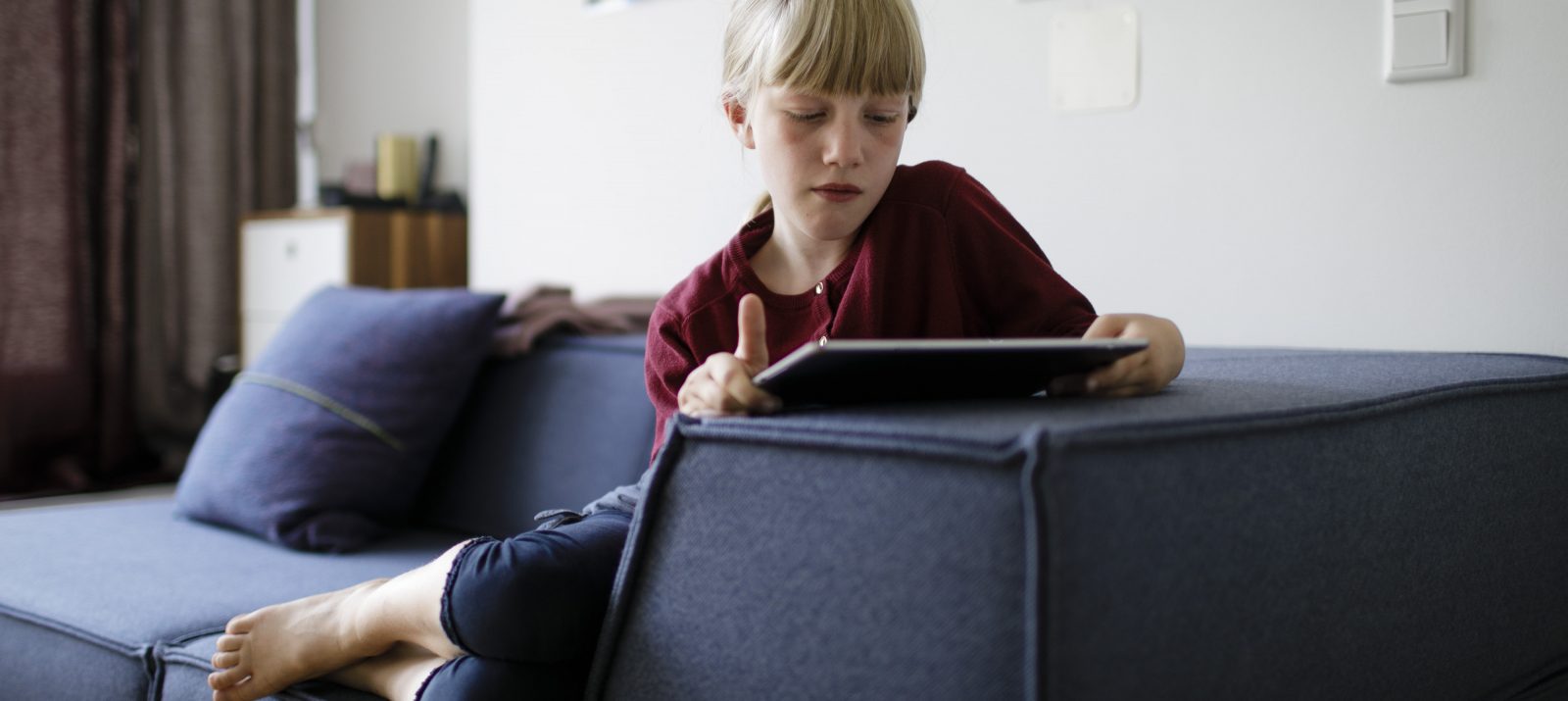
When schools are closed, people have to study at home. But it’s not so easy in every family: for example, because there’s only one computer, which big brother uses to take part in a video conference with his class. Or, because the Internet at home is too bad to solve school assignments on the Internet. You have to work in a home office yourself and can’t help your child learn all the time. Besides, you can’t know everything that’s being gone over in school right now.
But there is at least one TV in most families, and often smartphones and tablets as well. To ensure that every child can learn at home, the public TV stations have changed their programming in January 2021 and expanded the offering in the media libraries and on their YouTube channels.
Some stations show several hours of educational programming Monday through Friday:
The offer is even greater on the websites and in the media libraries of the broadcasters. Here you can search for topics, interests, age groups and school levels and watch the appropriate programs. There is even additional learning material on some pages.
You can access much of the content collectively via the ARD Media Library and do not have to click through all the media libraries individually. There is a section called “Learn at Home” where shows are sorted by grade level.
Independent of television stations, there is the educational media library Mundo, which is operated by all federal states. It helps parents and teachers find the right learning opportunities from the many free ones available on the Internet.
For some listings, the age recommendations are not readily apparent, so be sure to check them out beforehand. Not all videos are based on school curricula, but they can still be interesting for your child if he likes to learn and the tasks from school may not be enough.
If you have a smart TV at home, i.e. a TV that is connected to the Internet, you can access the broadcasters’ media libraries via the device.
The stations also have a lot of content on their YouTube channels. This means that they can also be viewed via smartphone or tablet. You can pick out suitable content together with your child and use it at any time.
Some stations offer not only videos on their website, but also podcasts for learning. Then it is not necessary to look into a screen all the time, but your child can retire to the sofa or the nursery with headphones.